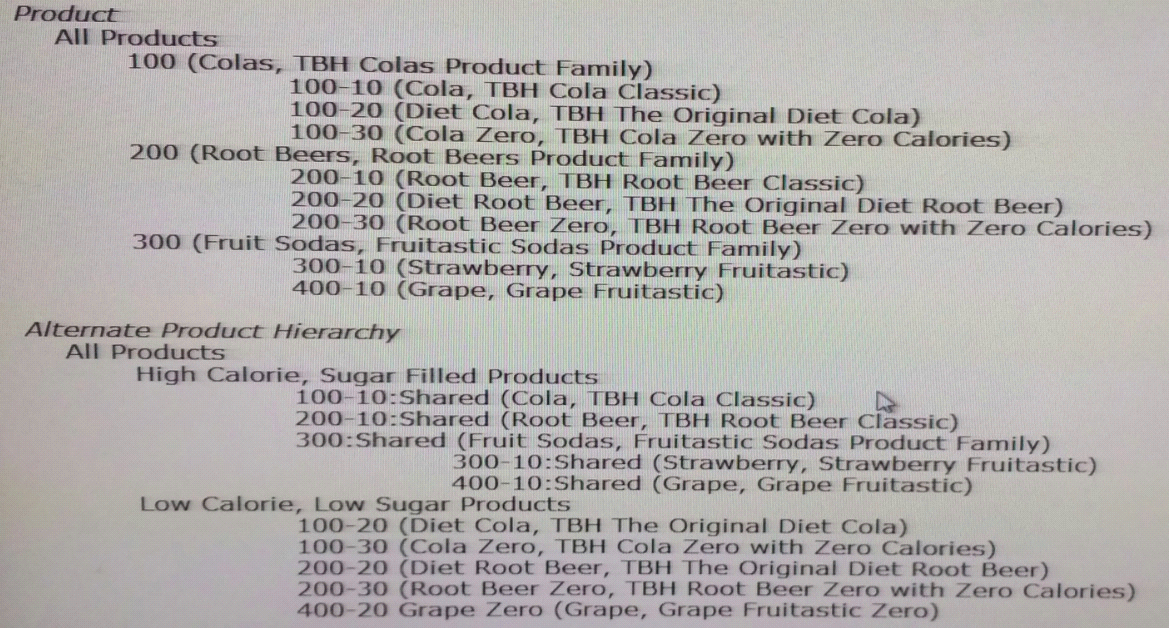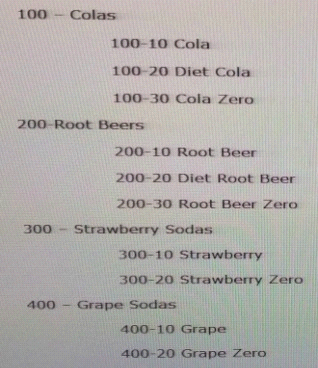At ValidExamDumps, we consistently monitor updates to the Oracle 1Z0-588 exam questions by Oracle. Whenever our team identifies changes in the exam questions,exam objectives, exam focus areas or in exam requirements, We immediately update our exam questions for both PDF and online practice exams. This commitment ensures our customers always have access to the most current and accurate questions. By preparing with these actual questions, our customers can successfully pass the Oracle Hyperion Data Relationship Management Essentials exam on their first attempt without needing additional materials or study guides.
Other certification materials providers often include outdated or removed questions by Oracle in their Oracle 1Z0-588 exam. These outdated questions lead to customers failing their Oracle Hyperion Data Relationship Management Essentials exam. In contrast, we ensure our questions bank includes only precise and up-to-date questions, guaranteeing their presence in your actual exam. Our main priority is your success in the Oracle 1Z0-588 exam, not profiting from selling obsolete exam questions in PDF or Online Practice Test.
Your organization has two ERPs: PeopleSoft (PS) and SAP. Each ERP has its own chart of accounts. Each chart of accounts is mapped to a consolidated chart of accounts. The Finance department maintains the consolidated account hierarchy, For both the SAP and PS account properties, users should be able to select from a drop-down list the correct accounts that should be mapped to the consolidated account. Many SAP or PS accounts could be mapped to a single consolidated account.
What property type should you set for the SAP Account Property and PS Account Property, assuming that you have built the SAP and PS chart of account hierarchies in DRM?
Which three statements are true about the stakeholders in a DRM implementation?
Per the example:

Identify the two true Statements about the Product hierarchy and its alternate hierarchy.
Acme Corporation just finished the initial DRM data load. The files were sourced from several different applications and some of the data files required manual modification.
Identify potential data quality issues found when reviewing the data loaded into DRM
Per the following example:
All Products

A user is assigned to two node access group, G_Colas and G_Diet Cola. G_Colas is assigned Add permission for the Colas node in the product hierarchy and the G_Diet Cola group is assigned I dit permission for the Diet Cola node.
He is assigned the Interactive User role. Identify the three true statements.